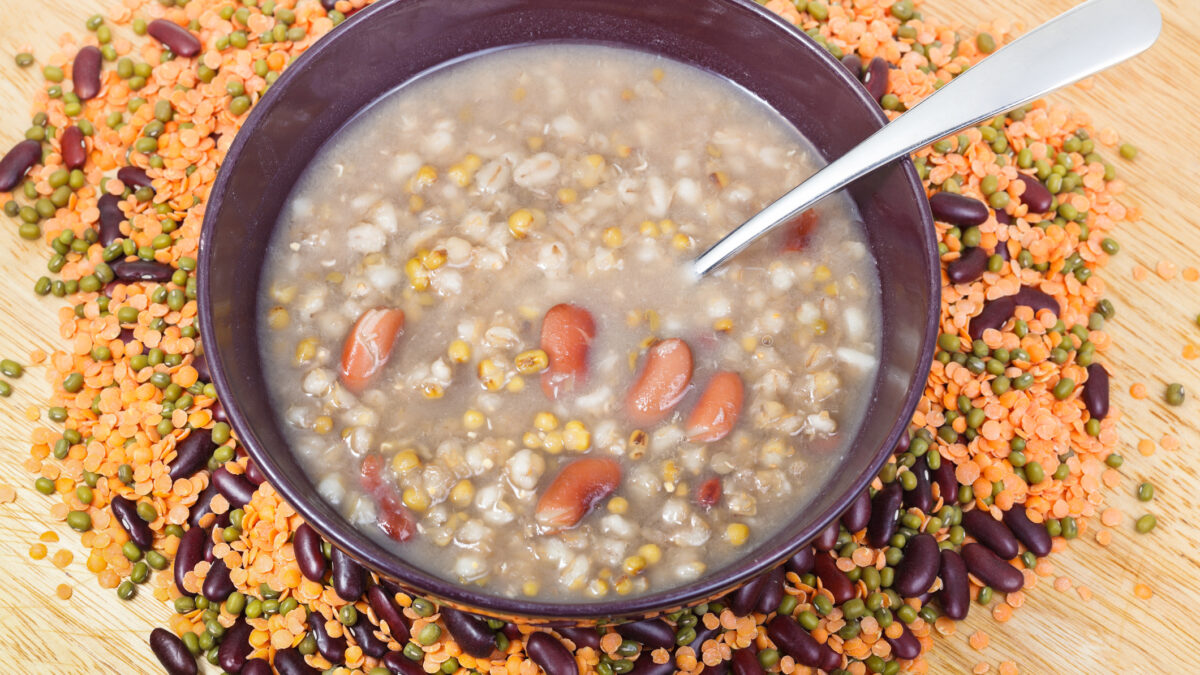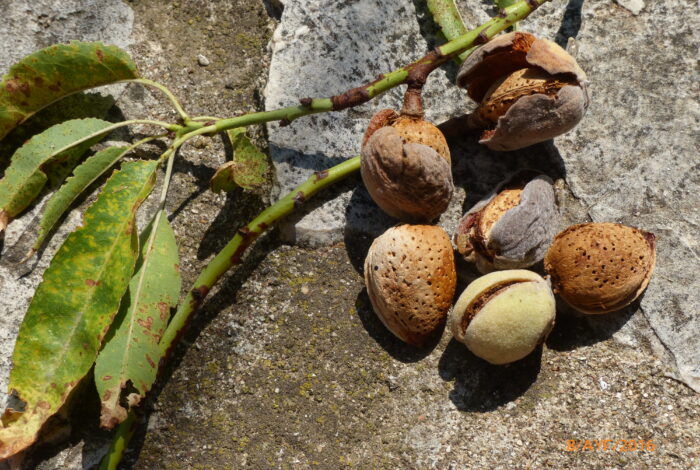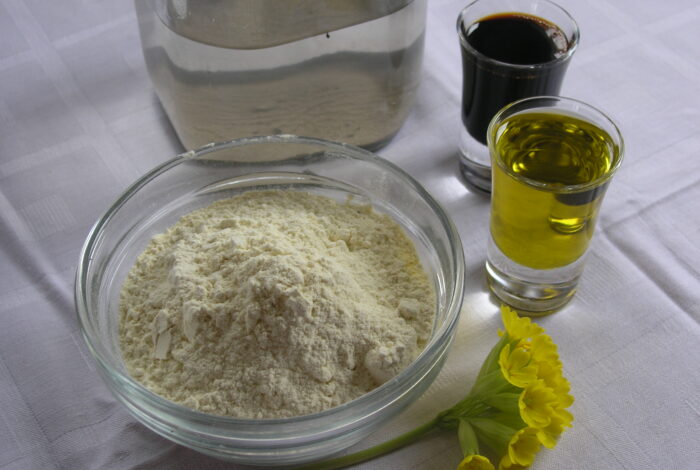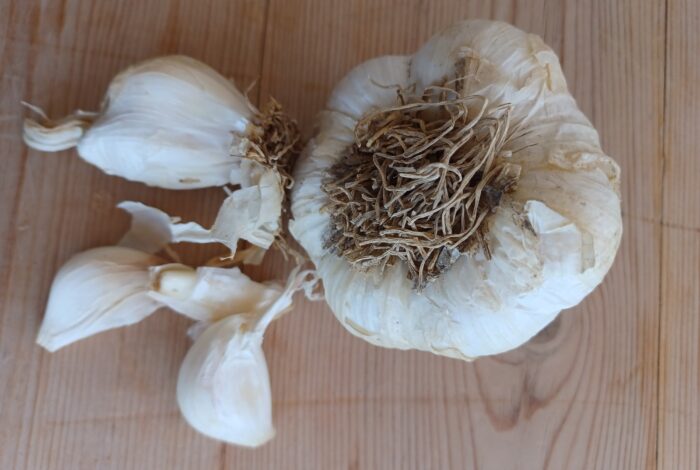Every nation observes distinct mores and customs shaped by its culture, history and religion. The admixture of these influences over the years has coalesced into what is now known as ‘local tradition’.
In Greece, according to just such a tradition, certain customs are observed before the onset of winter to ensure a good and productive sowing.
One such day is the 21st of November, the feast of the ‘Entry of the Most Holy Theotokos into the Temple’ in the Greek Orthodox Church. It is a symbolic feast commemorating the Theotokos’ (Virgin Mary’s) first entry into the temple and her presentation as the future mother of Christ. The feast is usually associated with sowing, as the Theotokos has traditionally been seen as the protector of the harvest.
A traditional food connected with the feast is ‘polysporia’, boiled cereals mixed with legumes, with many local variations. It is a soup made with a variety of different produce and seeds, such as wheat, barley, corn, broad beans, chickpeas, beans, lentils and nuts.
This tradition is observed by agricultural households as an offering to the Theotokos and the earth. Historically, it is the continuation of an ancient custom known as ‘panspermia’, through which the ancient Greeks honoured Demeter, the goddess of agriculture and fertility.
Regardless of variation, preparations for this recipe begin the day before the feast, when the faithful take the produce – primarily grain and corn – to the church for blessing.
In the morning, on 21 November, all the ingredients are boiled in a pot. For the most part, the final product will be the day’s food, while some of the boiled produce is thrown into the fields to ensure a good seeding and harvest.
This dish is prepared as a soup, either sweet or savoury. In fact, in its sweet version it is consumed as breakfast and consists primarily of wheat, corn, raisins, walnuts, almonds, white sesame, a little olive oil, sugar and cinnamon.
In its savoury version, it is widely known as ‘bolia’ and is consumed as the day’s meal. It is made primarily of local produce, such as beans, lentils, chickpeas, corn, wheat, broad beans, fava beans, rice and all manner of other legumes, with the addition of olive oil and nuts.
In some places, ‘polysporia’ are not prepared as soup; instead, sugar, raisins and nuts are added to the boiled produce and the finished product is served to the public.
Legumes and grains have been staple foods of the Greek diet for millennia. Their variety and abundance over the years inspired a host of delicious and nutritious recipes that are intrinsic to Greek traditional cuisine.










